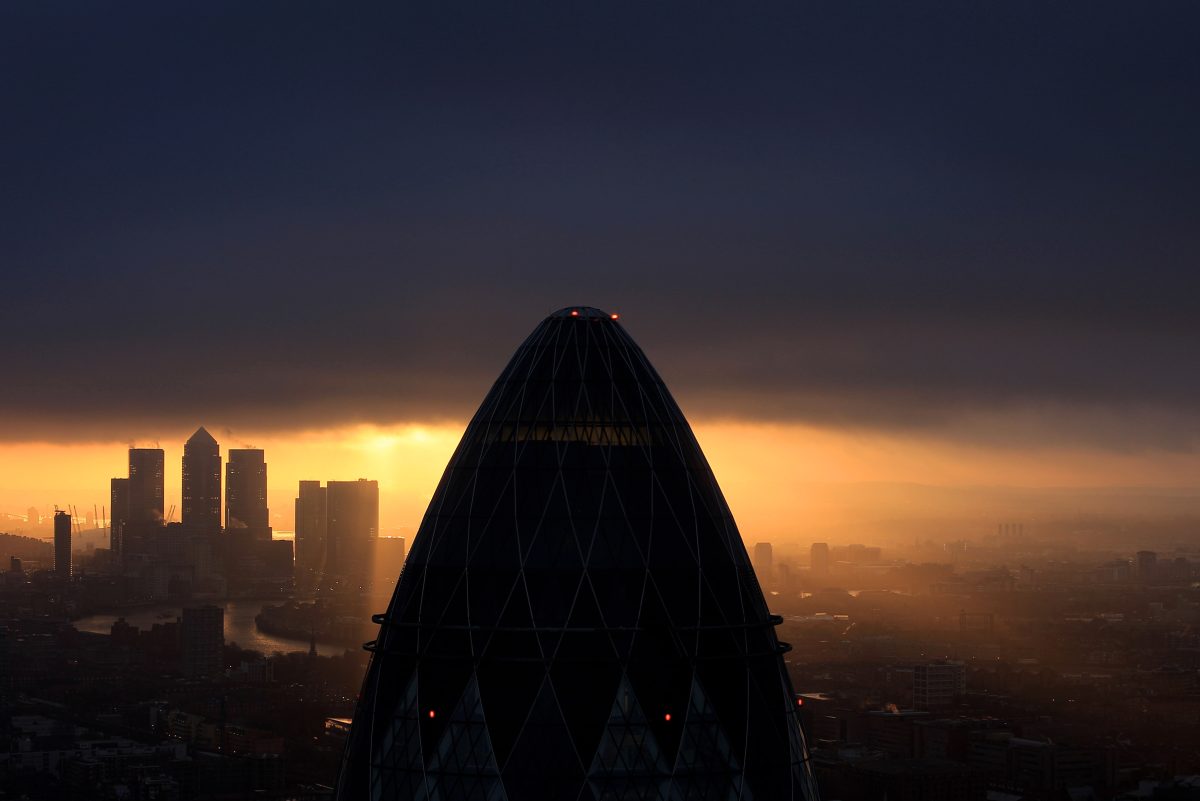Economists are not concerned by the lastest GDP figures. They should be
The growth party was always going to end sooner or later. In the first half of 2024, the economy exceeded expectations month after month, making the UK the fastest-growing economy in the G7. One statistician at the ONS even said the economy was growing “gangbusters“. Alas, nothing lasts forever. Figures out this morning showed that the [...]


The growth party was always going to end sooner or later.
In the first half of 2024, the economy exceeded expectations month after month, making the UK the fastest-growing economy in the G7.
One statistician at the ONS even said the economy was growing “gangbusters“.
Alas, nothing lasts forever.
Figures out this morning showed that the economy flatlined for the second month in a row in July. Economists had expected modest growth of around 0.2 per cent.
At the outset, experts had widely expected growth to slow quite significantly in the second half of the year, so this is not a huge surprise.
But July’s figures were quite a bit worse than expected.
The question, then, is whether the figures presage a more severe slowdown than economists had first thought.
Look into the details; there are good reasons to think that the economy will bounce back, albeit not to the pace set in the year’s first half.
The economy overall stagnated in July, but this obscures big differences within the UK’s major sectors.
The services sector accounted for all of the positive economic activity. It expanded 0.1 per cent in July, which is hardly going to set the world alight, but the underlying trend remains positive.
In the three months to July, for example, 11 of the 14 subsectors reported increased output compared to the previous rolling quarter.
Growth was instead held back by the production sector—which includes manufacturing—and the construction sector, both of which contracted in July.
Rob Wood, chief UK economist at Pantheon Macroeconomics, said the downturn in production was largely due to “erratic sectors.”
For example, ‘machinery and equipment not elsewhere classified’ sector fell 4.7 per cent in July.
More timely business surveys suggest that activity in both the construction and manufacturing sector actually strengthened over the summer.
S&P’s construction PMI hit its highest level in over two years in July while the manufacturing sector reached a 26 month high in August, so activity in both of these sectors should recover.
Kallum Pickering, chief economist at Peel Hunt, pointed out that monthly GDP readings can be “notoriously volatile, especially in heavy industries”. He expected production to “snap back” in August.
So most economists think the UK is still on track to grow somewhere between 0.3 and 0.4 per cent in the third quarter, which would put the economy on course for growth of around 1.1 per cent.
But one big word of caution.
Simon Pittaway, senior economist at the Resolution Foundation, pointed out that much of the growth so far this year has been ‘unproductive’, that is driven by more hours being worked rather than rising output per hour.
Productivity growth needs to improve for sustainable and equitable growth. Improvements in output per hour allow for both profits and wages to rise without generating inflation.
But productivity has actually deteriorated. According to the Resolution Foundation, it fell 0.5 percentage points in the three months to July.
“Turning this around is the biggest economic challenge Britain faces,” Pittaway said.



